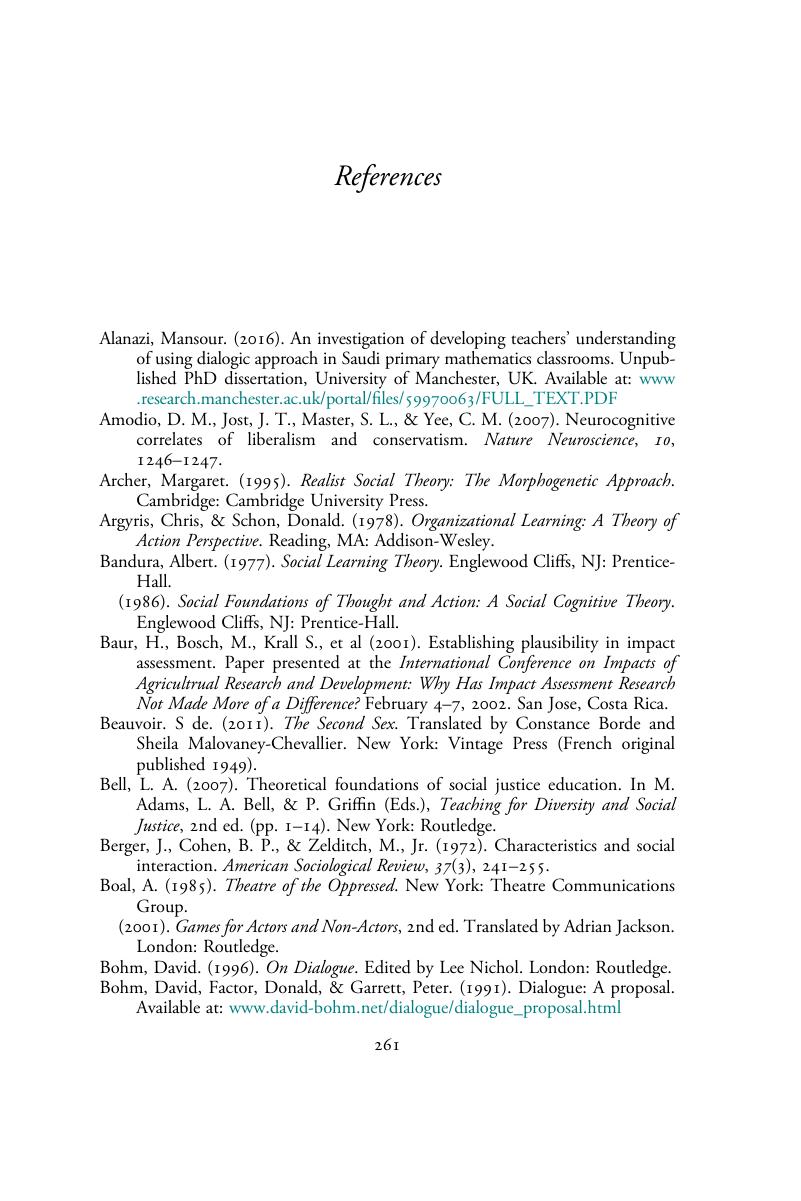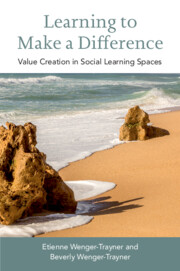References
Published online by Cambridge University Press: 18 September 2020
Summary

- Type
- Chapter
- Information
- Learning to Make a DifferenceValue Creation in Social Learning Spaces, pp. 261 - 269Publisher: Cambridge University PressPrint publication year: 2020



